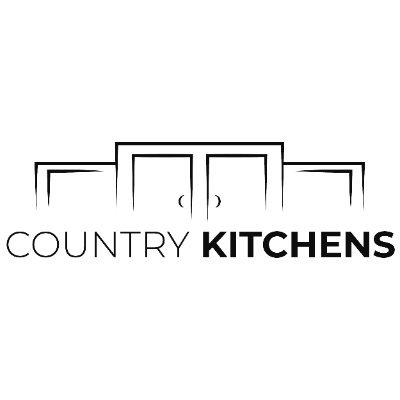Shaker furniture, according to some, was a precursor to the Modern Design movement. Continue reading to learn why navy blue shaker kitchen cabinets, which were popular in the 18th century as basic storage solutions, are still in demand today.
In what way do shaker-style cabinets differ from other cabinet types?
Shaker-style cabinets are most often seen in kitchens, as their name suggests, but they’ve also made appearances in bathrooms and even offices.
If you’ve ever heard an interior designer mention “shaker type cabinets” while talking about a recently completed kitchen remodel, you’d be excused for wondering what the fuss is about.
The distinguishing qualities of cabinets in the shaker style
As with any other sort of furniture, it’s critical to keep a few key characteristics in mind while scouring the market for shaker cabinets.
- Simple, clean-lined hardwood pieces characterise the original shaker cabinet style, which is known for its minimalistic use of ornamental details.
- Traditional shaker cabinets is generally made from renewable materials including oak, cherry wood, maple, birchwood, and pine, which are sourced from sustainable sources.
- While the borders of blue shaker kitchen cabinets feature a simple design, the centre panels are completely flat.
- Granite, marble, and quartz are increasingly often used in contemporary shaker-style kitchens than of high-quality timber in traditional ones.
- To get a more sophisticated and modern design, brass or chrome are increasingly often used for the door and drawer handles on Shaker furniture.
- Natural or stained wood, whites, browns, greys, and other muted colours are often used in Shaker kitchen cabinetry. Shaker-style cabinets with dark door fronts, such as black, navy blue, or emerald green, also look terrific.
Modernized shaker-style panelled doors with solid wood frames, mortise, dovetail, and tenon joints are the rule rather than the exception in many modern kitchens in the United States and Europe.

Leave a comment